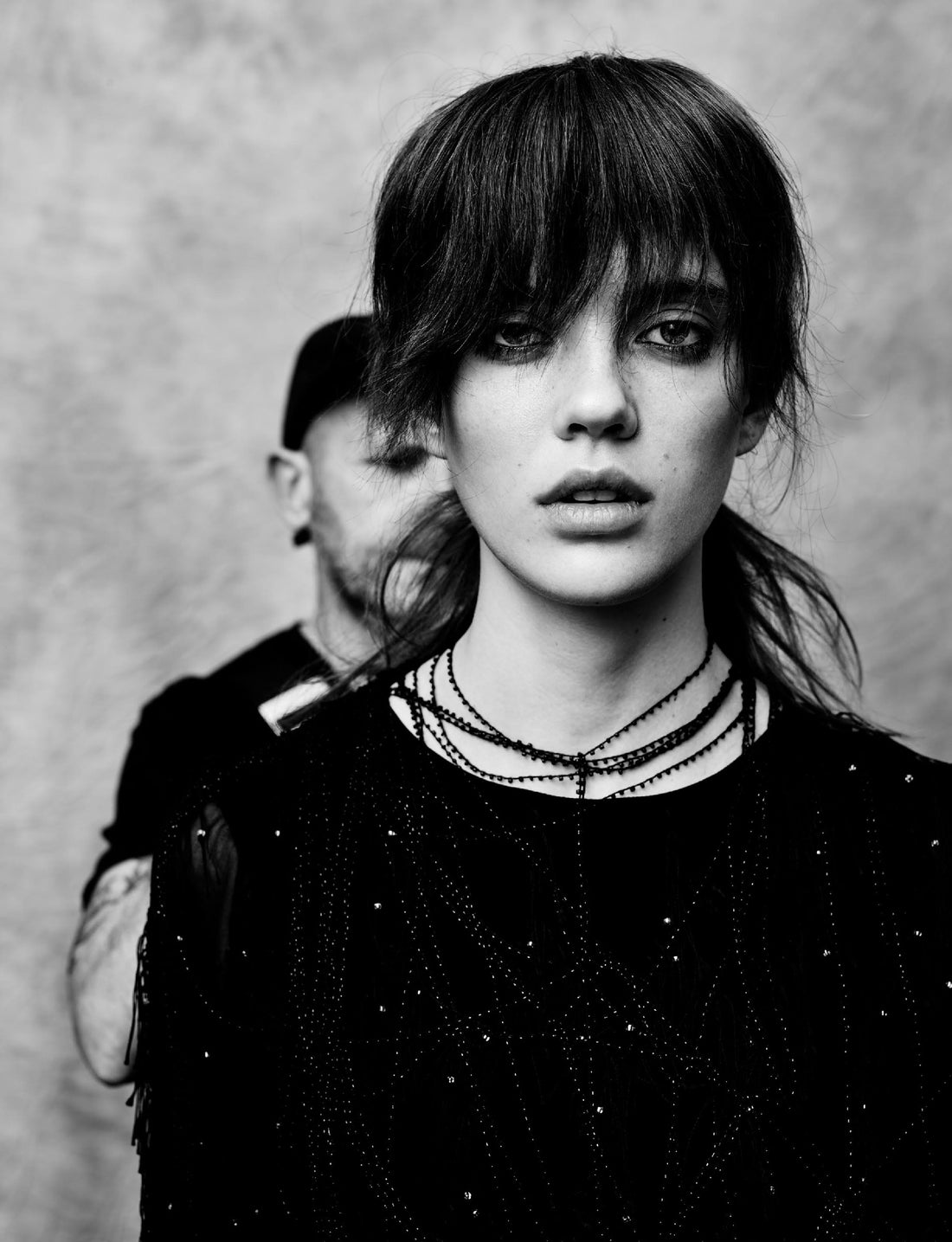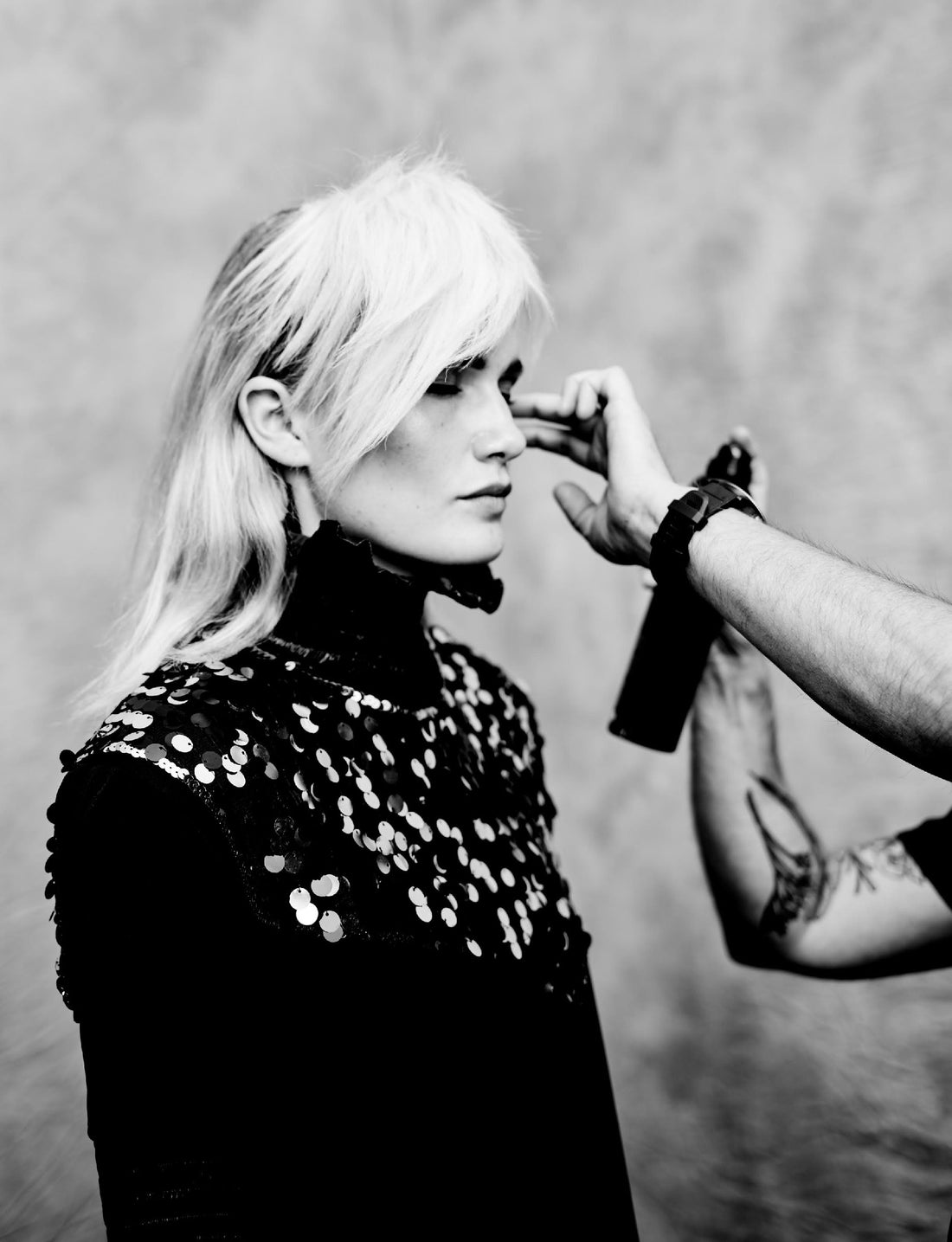
Greg Murrell Director
Greg Murrell Director
Founder of Ryder, Greg loves precision cutting, adding a fashion slant to wearable hairstyles, working with natural texture and creating individualistic shapes.


Greg Murrell Director
Founder of Ryder, Greg loves precision cutting, adding a fashion slant to wearable hairstyles, working with natural texture and creating individualistic shapes.

What was your initial inspiration for Ryder?
GM Ryder was born out of a time where the whole idea of what or where a salon could be was changing. The existing model was that a salon had to be in a strip of shops. So we opened in 1999 in a very spacious ex-Jewish school building that was stand-alone up the top of a hill overlooking Albert Park. The main ethos at the start was about offering fashion-connected, quality modern hairdressing in an utterly unique location.
Why is it important to keep your vision for Ryder moving forwards?
GM Like everything else in life things in our industry are ever-changing. Rightly or wrongly I have always been an idealist so while change is challenging it has always been important to me to evolve whilst staying true to our initial inspiration and values. Along the way things like sustainability and safety around chemical use have become very important as well.
Your relationship with the NZ HITO (Hair Industry Training Organisation) has become important to both parties, why did you feel it necessary to get involved?
GM Many people in our industry have become disillusioned with current training outcomes. Typically, people in my position with a wealth of elite-level experience and also a background in the fashion side of things have not put themselves forward for involvement in governance. So I did and if in some way my input helps us get better training outcomes then it will have been worth it.
Having apprentices is a big responsibility, how does it feel once they’ve come to the end of their training with you?
GM Training people is simultaneously very challenging and highly rewarding. To be part of someone’s training journey is a privilege as you are moulding and shaping them to be equipped to take our craft forwards into the future. There’s a legacy being left there. I was fortunate enough to be trained by some amazing people and it’s my job to carry that on. When someone completes training there is an immense feeling of satisfaction.
There are different facets to hairdressing ie cutting, colouring and styling. Which are you most drawn to and why?
GM I like and appreciate all the facets but I was initially very drawn to hair-cutting. This is probably reflective of the period in which I was trained but I just loved it and still do. There is something about the change that you can effect with a pair of scissors. It can be life-changing for some people. That is so rewarding.
Your involvement in NZ hair fashion is second to none, what drove you to be a part of that industry?
GM In the late 90’s I felt that to progress further I needed to grow in a different area and that is when I really embraced styling in the fashion arena and this really helped me to animate my work like never before. I began working with companies like Zambesi and it was just so exciting as fashion people didn’t think about hair like hairdressers did. I had to learn to think in a different way and it has stayed with me ever since.
Your instagram page declares you as a “hair undresser”. Can you explain what undressed hair is?
GM I like the idea that when we are always seeking perfection there may be greater value or aesthetic appeal in the spaces before we arrive at perfection. Sometimes something that is undone looks better or more relevant than something that is amazingly coiffured. But I do appreciate that too in the right context. I’m just more naturally drawn to the idea of seeing what I call “feeling” in my work. That is a sense of movement or energy in the hair that might be a fleeting magical moment or even a happy accident. It’s an intuitive thing when it arrives..
How important is it for you to push boundaries in hair?
GM For me that is the whole reason I became a hairdresser and staying connected with that has kept me inspired and excited about it for my whole career.
If you weren’t hairdressing what would you be doing?
GM Photography or some sort of design probably but I am also drawn to things like law and exercise physiology.
Ryder became one of NZ’s first “sustainable” salons, what was the motivation behind this?
GM Looking at our ethos and positioning in the market as one of the leaders in the space, it became an ethical and moral imperative to do as much as we could. Our industry has traditionally used a number of chemicals which are now considered harmful so it became a health decision as well. Then there is the issue of waste and how that is managed. We are continually working on all of this. The big challenge coming up will be around carbon footprints.
Where do you see hair fashion in the next 10 years?
GM I’ve been wrong before with future predictions but what I can say definitively is that people think and feel differently about hair from decade to decade so it will be different to now. Hair is such an important part of our individual identities and it is the one aspect of ourselves that we can instantly change. This is obviously influenced by fashion but also the prevailing cultural, social and political more’s.
Lastly, what is it with Navy blue?
GM Giorgio Armani is famous for only wearing black and I can understand why. I love the colour blue and I feel good wearing it so it became a bit of a habit. Once a week or so I’ll branch out into black or grey before heading back into my navy blue cave. I wouldn’t say I feel anxious wearing other colours but I get a feeling that I should be wearing blue. Is that weird? Haha..
In recent times, what is the best…
Podcast
Broken Records with Rick Rubin
Book
Exercised by Daniel Lieberman
Show
Watch the Sound with Mark Ronson
Meal
Everything at Ghost Street, just all of it.
Item
A shirt from my favourite label, Engineered Garments
Social media
The genius @eugenesoulieman
Song
Days like these by Low
